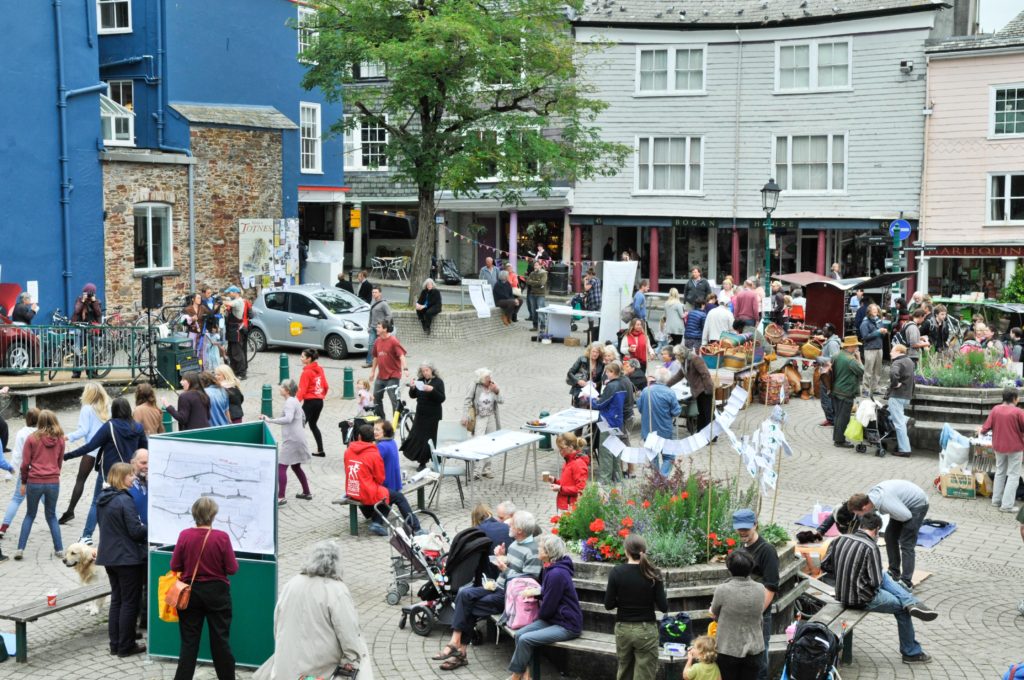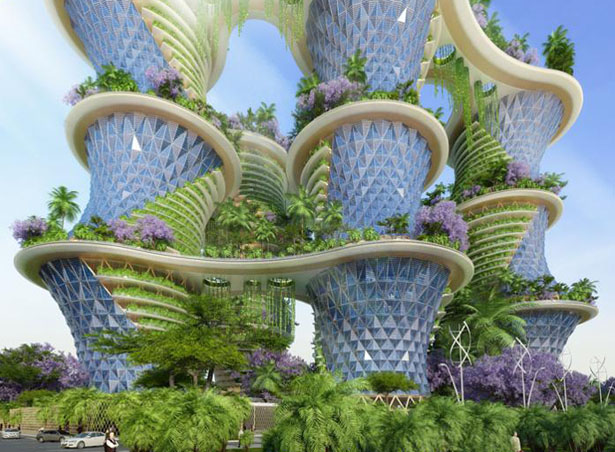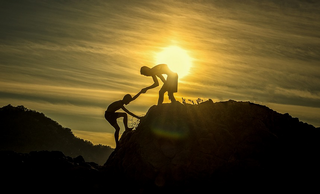The United Nations defines sustainability in terms of growth:
sustainable development is development that meets the needs of the present without compromising the ability of future generations to meet their own needs
The United States Environmental Protection Agency (EPA) takes a similar approach to the subject, basing its definition on the principle that
Everything that we need for our survival and well-being depends, either directly or indirectly, on our natural environment. To pursue sustainability is to create and maintain the conditions under which humans and nature can exist in productive harmony to support present and future generations
https://www.epa.gov/sustainability/learn-about-sustainability#what
The Center’s definition is more in line with that of UCLA’s Sustainability Committee, who’s charter defines sustainability as:
the integration of environmental health, social equity and economic vitality in order to create thriving, healthy, diverse and resilient communities for this generation and generations to come. The practice of sustainability recognizes how these issues are interconnected and requires a systems approach and an acknowledgement of complexity
https://www.sustain.ucla.edu/what-is-sustainability/
The connection and interdependence of Nature, social justice, and economic resilience.

So whether you envision a sustainable future that looks like this…

Or one more like this
It seems clear we need to make some fundamental changes in our relationship to each other, the environment, and power.
That is a reason why a key ingredient for a sustainable community is residents knowing and feeling a connection to their neighbors. This idea reminded one of our founders of her time living on a block with other low- and moderate-income residents in a small working class community. One of the neighbors there was a carpenter. Every evening, after work he would sit on his front porch amid the row of identical, close-together houses and greet passersby and talk with his neighbors. On weekends he would have coffee on his porch and share the bounty of his modest backyard garden with his neighbors. For someone newly relocated from suburban environments where neighbors barely acknowledged one another, let alone socialized, this experience was a revelation. This was the kind of friendly, welcoming and accepting gesture she had experienced growing up in a rural farming community. Always ready to help, lending tools, advice, or whatever assistance his neighbors needed, she saw him as the magnet that brought that neighborhood together.
What we learned from that experience is that we cannot begin to build sustainable community if people barely know each other. Mutual acceptance and respect come before mutual aid.
Sustainable living means sharing; sharing tools, food, skills, ideas, and power. It means being “there” for your neighbors, in good times and bad. It means learning from each other as well as teaching. We can implement positive change through connection and sharing.
But, before we can set up a time bank, for instance, and a tool share or community garden, we need to get to know our neighbors and our neighborhood. From there, we can begin to build a resilient community. We take inspiration from the carpenter greeting his neighbors is a good place to start, on the front porch.



